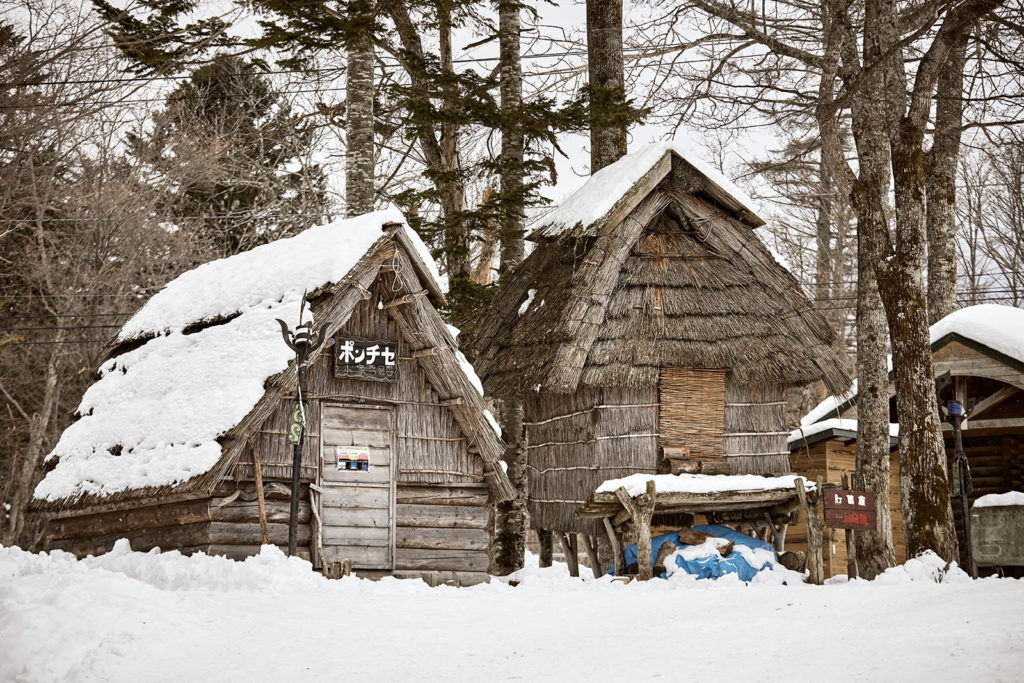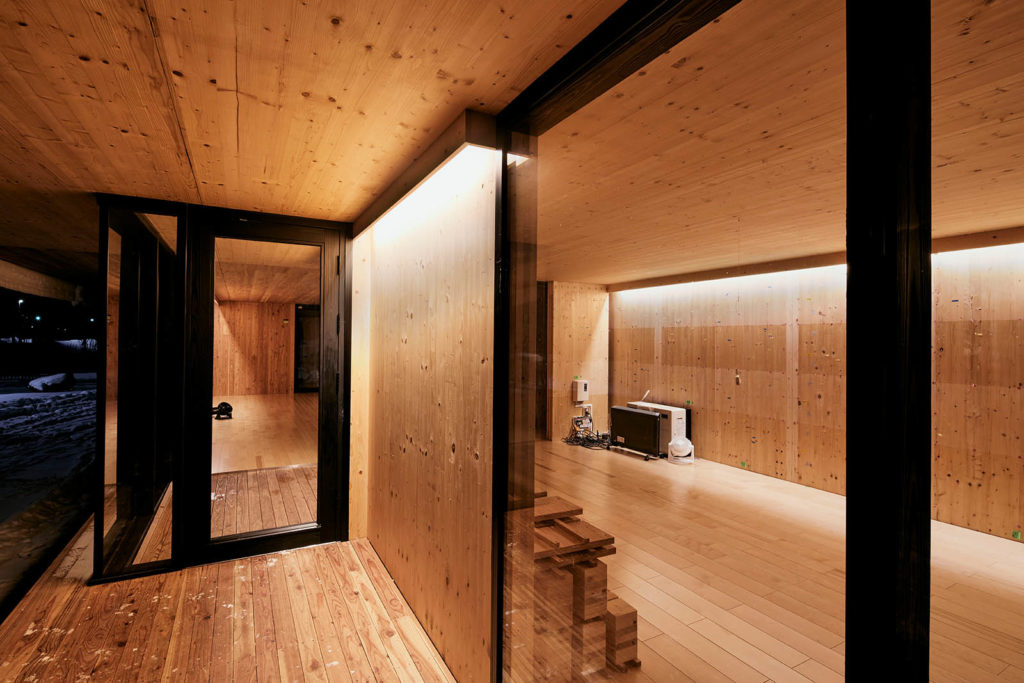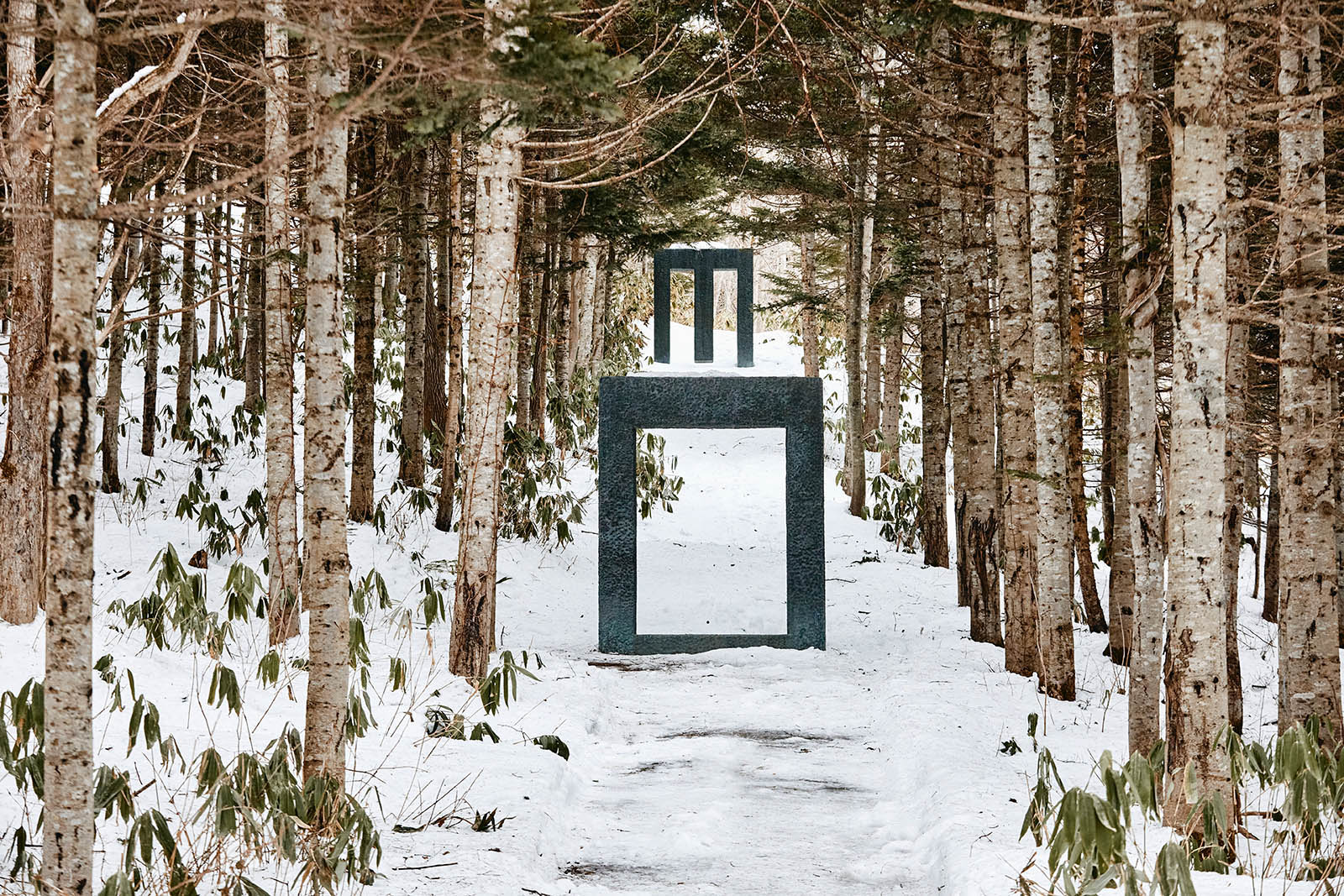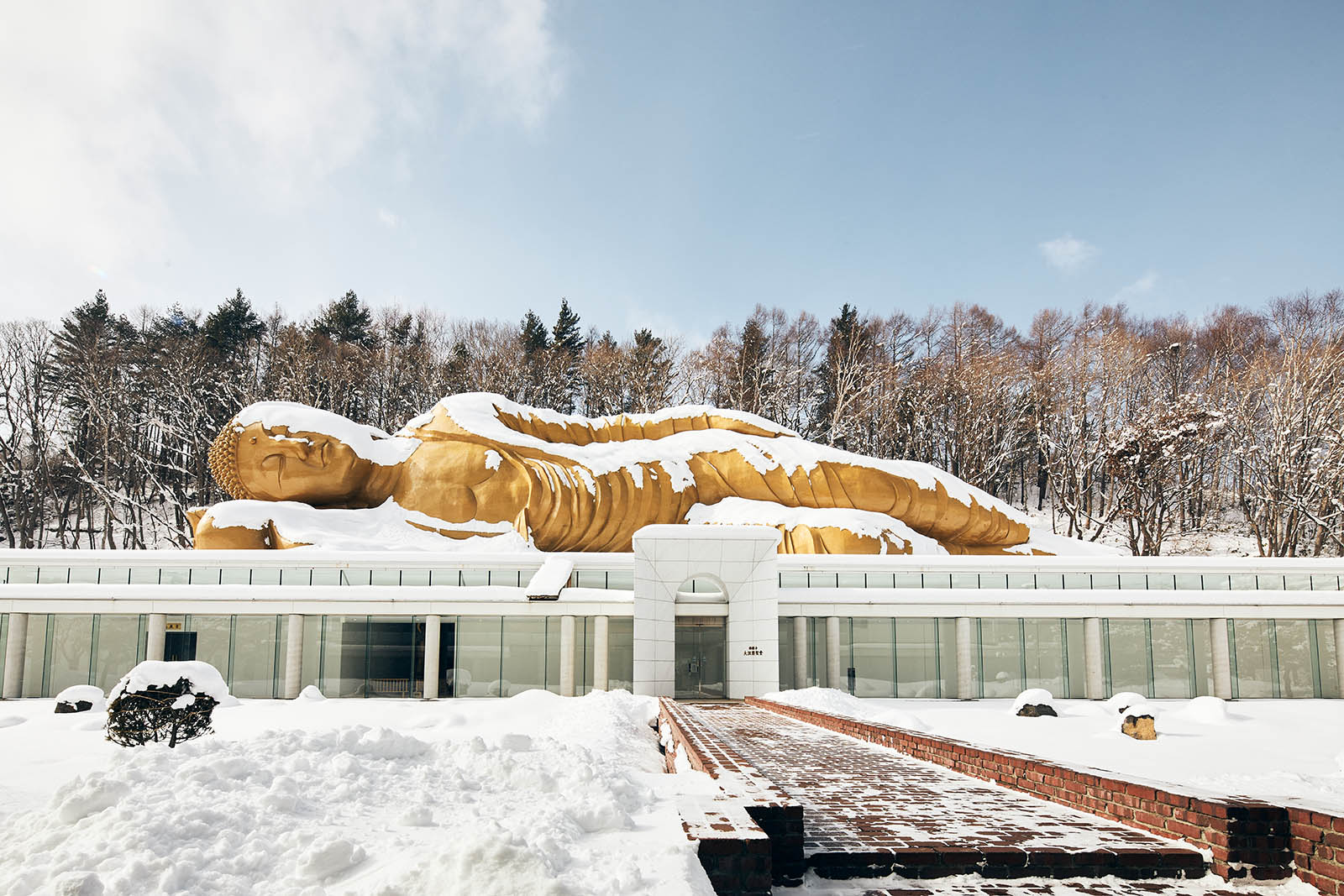The argument that forests should remain untouched by human beings poses counterintuitive but considerable risks. At best, it suggests the lingering influence of nineteenth-century romantic views about nature, made that much more relevant by the continued abuse of natural resources by capitalism and industry. The global warming crisis also prompts an understandable knee-jerk response in defense of the flora and fauna that depend on healthy ecosystems. At worst, however, this position reveals an implicit colonial mindset that suggests colonizers arrived at “unspoiled” environments, while much evidence suggests that indigenous peoples worldwide extensively managed forests, both out of respect for their environment and for their mutual benefit.
Consider forest fires. For centuries, Native Americans, Aboriginal Australians, and other groups performed controlled burning as a preventative measure to curb larger fires. European colonizers often banned these practices though, whether out of fear of or distaste for fire or as a means to stop indigenous people from living as they were prior to the occupation of their lands. Despite the persistence of this resistance over centuries, many governments today have acknowledged the benefits of these older practices, if not the hubristic undercurrents of this attempted environmental altruism. With longer wet seasons in many regions, the understory becomes overgrown and turns into kindling during the increasingly hotter dry seasons. This buildup can be stopped if burned early and with care. The positive effects of these practices exceed mitigation, too: greenhouse-gas emissions, paradoxically, can be reduced by controlled burning, because wildfires themselves release considerable levels of carbon dioxide; smoke caused by prescribed fires can cool river temperatures by blocking sunlight and promote larger fish populations; bush and other grasses less vital to particular animals in an ecosystem can be cleared so that other plants can thrive; fire can trigger serotiny, a process in which certain trees benefit from specific, extreme environmental conditions like heat that trigger seed dissemination, which is in turn helped by ash-fertilized soil.

Rather than restrict thought to a strict binary comprised of unbridled human intervention in nature or our total separation from it, Toshiko Mori advocates seeing humans as one of many actors in complex, polyphonic systems. In her Spring 2020 studio “Making Next to Forest,” she sought to increase students’ awareness of the level of connectivity between different participants in these networks and across scales, from the micro to the macro, the detail to the envelope. “The goal was to demonstrate to students, by one concrete example, how the design decisions they make can relate in incremental ways to the impact they have on natural-resource use and protection,” Mori says. “The imbalance between consumer practices and natural cycles is resulting in the destruction of our environment, and architecture and design occupies a middle ground between those scales.”

The case study she chose, on the surface, might seem niche: a museum in Hokkaido, Japan, for the internationally renowned chair collection of the Oda family, whose patriarch, Noritsugu Oda, is a retired design and professor emeritus at Tokai University’s School of Arts and Engineering. Its location and subject matter, however, provide an ideal pedagogical tool to demonstrate the effects design can have on issues concerning cyclical economies, sustainability, and other critical but broad topics that, for many, may be discussed only in abstract terms.

The northernmost island of the Japanese archipelago, Hokkaido contains about a quarter of the country’s total forested landmass, with about seventy-one percent of its own land covered in forests. It is also the nation’s center for the design and production of wood furniture, some of the material for which is sourced from the surrounding area.

Students visited the island on a trip sponsored by the small township Higashikawa. A center for furniture making located on the edge of the industrial city Asahikawa, the township was suggested to Mori as the site for the chair museum by a local furniture company. Aside from Oda’s desire for the collection to remain in Hokkaido, the choice is apt in relation to the local lumber industry. Whereas in the United States lumber harvesting, production, and whatever fabrication that follows are usually performed hundreds of miles apart, in Asahikawa and its environs the distance between sites is reduced to a short drive. With the city’s location next to the forest, the relationship between raw material and manufactured product—a cycle that includes the living trees, the lumber yards, factories that make dimensional lumber as well as cross-laminated timber (CLT), and individual furniture makers and designers—becomes unmissable. That little is wasted in Asahikawa’s factories, where even wood shavings are used as furnace fuel, also provides a view of the possibilities of functional cyclical economies. By having students observe firsthand the journeys of multiple types of trees through this process, Mori hoped to instill an awareness of the differences between tree specimens, the designs and specific building components for which they may be suitable, and how all trees can be used sustainably.

The emphasis on sustainability throughout Hokkaido can be traced in part to the beliefs and practices of Japan’s indigenous people, the Ainu, who have resided on the island for over 15,000 years. Heavily persecuted and marginalized by the Japanese government for decades in ways similar to the experiences of other native peoples, the Ainu no longer know their exact population because so many were forced into interracial marriages, their language was not allowed, and they endured other violent policies. Today, the approximately 200,000 Ainu and their descendants still largely residing in Hokkaido live predominantly in urban areas. As a result, they no longer manage the surrounding forests which their animist religion considers a place filled with gods that cannot be entered by humans solely for their own use.

“The Ainu believe that the trees, animals, and humans are all gods and are equivalent,” Mori explains. “Man has to give back something to the forest. It is not like in Finland, where the forest industry considers the forests as a pure economic resource. Similar to the Ezo brown bear the Ainu worship, who eats cones and later spreads its seeds through defecation, the Ainu manage the forest by making clearings to prevent fires from spreading, using leftover salmon they don’t eat as fertilizer, and replanting limited areas so they can keep an eye on faster growth. Hokkaido’s forests are unique in that they’re multi-diverse—close to what Richard Power writes about in his novel Overstory—and the Ainu’s actions keep that complex ecosystem together. But because they largely have been taken out of the forest, it is no longer managed so well.” This may change, she notes, as the government and forestry industry have begun to incorporate indigenous management practices.
Mori complimented this traditional perspective with an examination of modern wood technology. As an example of cutting-edge advances in the industry, she focused on CLT, which is an increasingly popular material similar to plywood and composed of wood glued together in perpendicular layers. “It’s made of types and parts of trees which may not traditionally be used for building,” she says. “It’s material often used for pulp in the paper industry, but with paper factories closing all over the world, some of these factories have been converted to make it.”

In addition to its sustainability benefits, CLT can help reduce carbon levels. “Because it’s incredibly strong, it can be used more and more instead of concrete to make buildings as high as six or seven stories,” Mori notes. “In this way, you’re cutting trees for buildings and, by implementing forest management, encouraging the growth of younger trees. This supports carbon sequestration in the forest but also in the products made in cities—the wood buildings—which also help sequester carbon. It has a double benefit.”

For the Oda Chair Museum, the location for which is a steep hill on the edge of a dense forest, Mori let her students freely synthesize their observations and concerns about wood types, traditional and digital materials, and sustainability and cyclical economies. “I wanted them to connect dots related to larger issues: elements of program, the sequence of building and how many trees would need to be removed, and a strategy for using products,” she says.

Shaina Yang took inspiration from Fumihiko Maki and the Metabolist movement in her plan which emphasizes individuality as well as collective codependence and connection. “The Metabolists looked to how nature designs its spaces and structures to try to inform how we might design on a more systemic level,” she describes. “Maki postulated that an important part of group systems is that there is a certain type of object aggregation which involves the development of a basic building block. As you develop that block in sequence over time, it is still recognizable but you allow for complexities within the module as well. For example, you have one mushroom, then another, and another, and then you have a cluster.”
The mushroom, while not a strict figural or metaphoric inspiration for Yang’s project, became a useful means to conceptualize the stem-and-cap form of her individual units and the cluster-like system that resulted from their union. The units arose from the class’s visit to the Oda residence, where she saw some of the family’s 1350 chairs in domestic spaces as opposed to a more traditional museum setting. “It made me think there were two different ways of assessing chair design,” she recalls. “I was looking to create a human-scale space with a domestic setting that we’re aware of, one that explores the boundary between furniture and architecture.” What resulted were a series of sunken rooms—the “stems”—that act as re-creations of domesticity, potentially designed by guest curators, that draw on the chair’s relationship to the human body. (The English words ascribed to chair components are themselves anatomical: arms, legs, back.) Above these meditations on personal taste and domestic life are galleries—the “caps”—that run along the room’s periphery and provide a traditional educational “museum” program.

When combined into a cohesive whole, these modules create a meditation on repetition and difference, homogeneity and individuality. As a semi-organic shape rooted in a rigorous geometric system, the structure also spurs a discussion regarding the natural and man-made. “Human beings are not antithetical to the existence of nature. We are as much a component of any healthy ecosystem as we are stewards of it, and there are plenty of ways in which we can engage in design and consumption that can actually help an ecosystem,” Yang argues. Case in point, the dowel-laminated timber (DLT) she uses for her modules that can be pre-fabricated off-site and which do not involve the chemical processes necessary for the production of CLT. “We’ve entered an absurd epoch in human history in which we are doing harm—with climate change, deforestation, animal extinction—and drawing heavy boundaries between humans and nature. The Japanese concept of satoyama points out how paternalistic and harmful that view is. Translated literally to ‘peasant forest,’ satoyama describes the ecosystems that derive when people work the land next to forests in agrarian ways. In Japan, it gave rise to extensive biodiversity, which declined when they moved into a more segregated rural/urban society. It moves us beyond ideas of preservation and conversation to those that help us manage and participate in systems to make them better and healthier.”

Yaxuan Liu’s plan also conveys a sense of repeatability and suggests the potential for continuous growth, akin to how flora often populates in nature. Ecological connections are more implicit here though, with the direct inspiration for his project arising from Oda’s views on design as not born from a singular moment but being part of a lineage within historical, cultural, and economic contexts.
The local architectural typologies throughout Hokkaido attracted Liu. “The main domestic house there, with a gable design, is often accompanied by large greenhouses,” he says. “These greenhouses have a skeletal language and can be covered with a translucent material or become very opaque. Seeing these repetitive structures emerge from the fields, especially when driving from Asahikawa to the museum site, is almost like hearing a long note in music.” The result was a three-story building with a series of parallel bays that combine local domestic, agricultural, and industrial architecture. “In an aerial view, it looks like an aggregation of small houses on the hill of the village and also the rice fields, the greenhouses.”

While Liu installed a small main gallery on the ground floor, the archive as a whole takes up the majority of display space. “It’s a forest of chairs,” Liu says about the many rows of glass cases through which visitors can meander. The metaphor is made even more apparent by the glass walls that enclose much of the building and make the forest ever present. Some of these walls can be opened to eliminate a hard border between natural and built environments. In the auditorium, for example, the surrounding trees (which, when last reforested, were planted in straight lines) are echoed in the acoustic panels made of narrow wood planks. The repeated pattern of wood of which these panels are composed also make apparent how much material is necessary for their construction.
This transparency, combined with the exposure to the panoply of chair types in the Oda collection, conveys to the visitor an awareness of origin and production, the domestic and the industrial, and the individual elements of design, all of which are necessary in well-crafted objects. “Every part works towards a larger purpose,” Liu says, which resonates, too, with the argument that all actors play a role in ecosystems and removing any one organism can affect the others in myriad, often unpredictable, ways.

Alkiviadis Pyliotis also utilizes transparent design to inculcate an awareness that systems, whether museums or forests, require multiple actors in order to function. With a single-story circular plan, he puts art and administration on a level plane that ensures visitors encounter facets of the institution, from the cafeteria to the photography lab, that are often considered disanalogous. “The project tries to investigate the museum as an indivisible whole,” he says.
The entire archive is showcased in its totality, too, and forms the museum’s exterior boundary. A single passageway from which the archive is visible serves as the inner border. This loop draws on Frank Lloyd Wright’s Guggenheim Museum. “At the Guggenheim, you can see the entirety of the exhibition as you gradually move upwards, which creates an amazing view of the whole. It allows you to know exactly where you are, and have a relationship with the museum’s center,” says Pyliotis.
Unlike the Guggenheim, whose spiral wraps around an enclosed atrium, the center in Pyliotis’s design is the forest. Visible through glass walls, it both dwarfs the chairs and humans within the structure’s walls while also entering into a direct dialogue with them. “The museum is as present as it is absent,” he says. In this way, though the circular design may seem monumental in scale, it expresses a kind of humility towards its surroundings. This is particularly apparent, too, in its construction needs: as a modular system made of slender wooden elements, it creates a minimal footprint, to the extent that Pyliotis can even calculate the number of trees whose removal it requires.

The circle also suggests the infinite, though in a more symbolic manner than Yang and Liu’s designs. “The shape refers to totality and to constant movement,” Pyliotis describes. “The path will not be the same path to a visitor who moves through the museum again because they have changed after seeing the archive, the in-between spaces, and all the functions that happen there.” This notion of perpetual renewal speaks to the environment as well, as ecosystems from deserts to forests can appear the same day after day to the naked eye when in actuality they experience constant change and regeneration. In neither nature nor Pyliotis’s museum is an end point or telos reached.
Each of these projects perform an injunction to reframe the conversation about how humans engage with their environments and the other agents which populate them. “This awareness can build a broader understanding of how one thing relates to another, which is a great set of tools for students going into the profession,” Toshiko Mori says. “It is not just about preaching in moral tones about sustainability. It ends up with concrete results.”
Such results may even emerge in Hokkaido because of these students’ work. The designs will be presented by the Asahikawa Creative City Promotion Council to the prefecture’s governor as a means to make less abstract a proposal for the chair museum, just as the mayor of Asahikawa has said he will use the studio’s midterm projects concerning Tokai University’s new campus as the basis for the actual masterplan. “Sometimes,” Mori says, “students can have a real impact on future work.”












